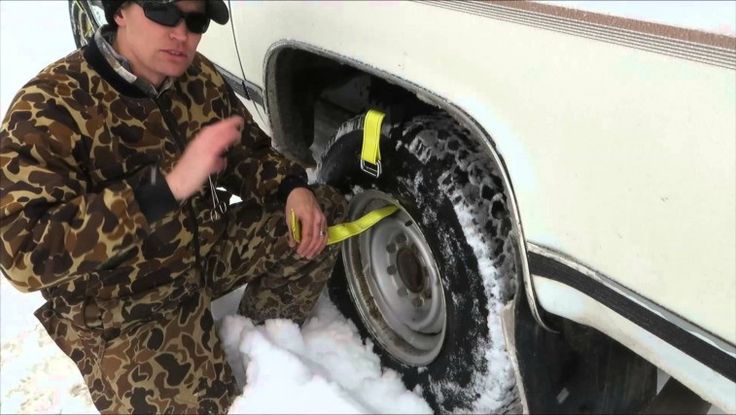Having a stuck wheel on your car can be really frustrating, especially when you got a flat tire by the side of the road. Here are a few tips on how to remove a stuck wheel easily
You have a flat tire, and you jack up the wheel, but it refuses to come off. What could have happened?
Changing a wheel should not be this hard, but a wheel can get stuck due to rust accumulation. This corrosion appears in the area between the wheel and the hub.
This makes it hard to remove the wheel because it feels permanently welded to the hub.
If you are changing the wheel alone and there is no one to give you that necessary muscle, consider some of the following tire removal tips.
Table of Contents
1
If you leave your car in an area exposed to snow and road salt, then these elements can get into your aluminum alloy rims and into the hub, where they cause corrosion. These corrosive elements tightly glue your wheel to the hub, making it almost impossible to replace a worn-out tire.
It is not only aluminum wheels with this problem but also steel wheels, which can happen in any climate conditions after some time.
We recommend purchasing some synthetic grease to apply to the wheel hub and rim to prevent this problem from happening. Do this the moment you purchase a new car or during the first wheel replacement.
So let’s find out the best methods of removing a stuck wheel.
RELATED: What is Cross-Threading a Wheel Nut/Stud?
Here are a few tips from me which I’m usually using myself to remove stuck wheels. Remember always to use safety equipment and get help from a professional mechanic if you are not sure about how to do it. Follow these steps to remove a stuck wheel:
Total Time: 10 minutes
If you are near a service station or a garage, you can use this simple trick to remove a wheel stuck on your car.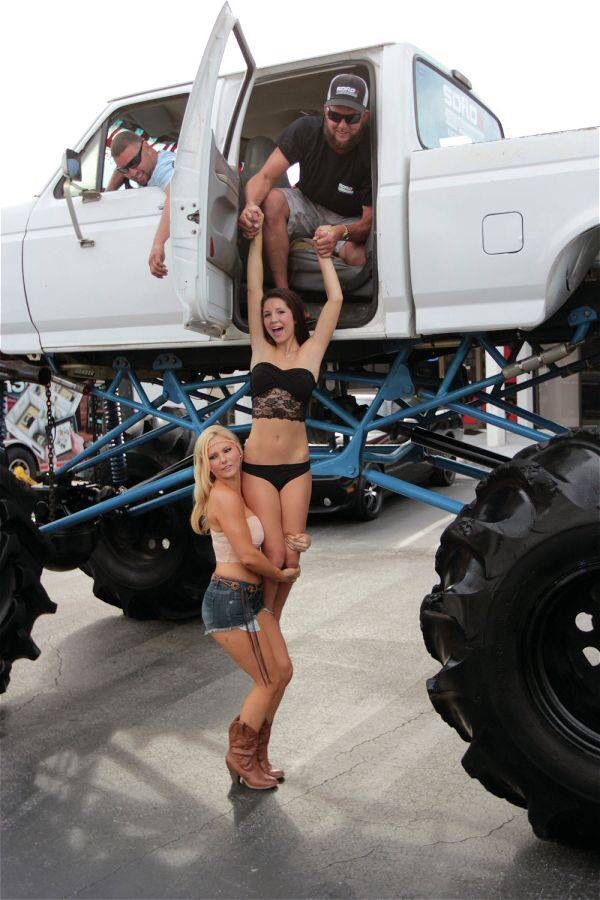 Loosen the wheel nuts but do not remove them altogether. Lower the car and drive a few feet forward and backward. Repeat this process on level ground. Jack up the car and remove the nuts.
Loosen the wheel nuts but do not remove them altogether. Lower the car and drive a few feet forward and backward. Repeat this process on level ground. Jack up the car and remove the nuts.
The wheel should have loosened, and you should now be able to remove it. Ensure that when driving the car, that the nuts are not so loose that they fall off and drive super slowly, not to risk any accidents.
If you have aluminum alloys or steel wheels, then the likelihood of rust/corrosion developing on the hub is high. You can use a rust removal lubricant to loosen the wheel. In the procedure, first, remove the wheel cap and spray the wheel studs. You can use lubricants like PB Blazer or Liquid Wrench.
After spraying the studs, do the same in the area where the wheel intersects with the central hub. Give the spray around 15 minutes, and then try to get the wheel loose again by giving it a slight punch or kick.
After jacking up the car, remove all wheel bolts or nuts except one.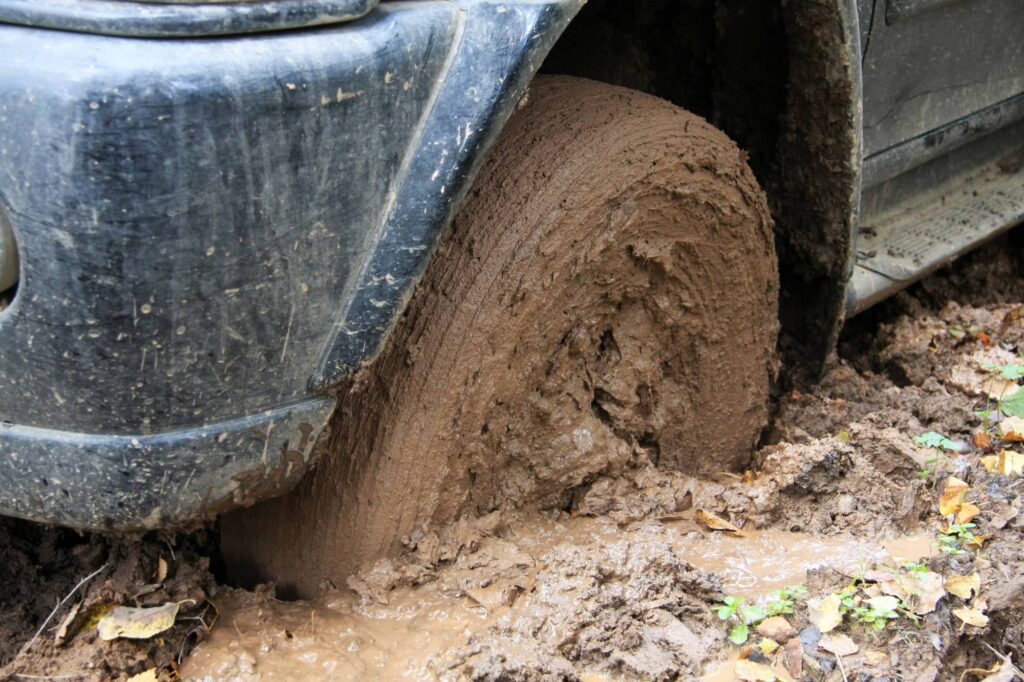 Use your foot to hit the tire while it is off the ground. Check that your car is standing on the jack stands safely. Rotate the wheel and hit it with a kick again. With continuous effort, the wheel should separate from the hub, and you can then comfortably remove it after unscrewing the last bolt.
Use your foot to hit the tire while it is off the ground. Check that your car is standing on the jack stands safely. Rotate the wheel and hit it with a kick again. With continuous effort, the wheel should separate from the hub, and you can then comfortably remove it after unscrewing the last bolt.
This method of removing a wheel stuck on the car is better than using a hammer to hit the stuck wheel. The force from a hammer will destroy the wheel rim and bolts. Once you have removed your tire, use some sandpaper to remove any rust on the hub. The next time you re-install the wheel, apply some anti-seize.
While this technique is not safe, you can try it out when you have run out of options with a wheel stuck on the car. The first stage is to jack up the car. Before proceeding, ensure that the car is secure on the jack stands. Find lumber measuring 2X4 inches and place it in the space between wheel and tire.
Identify a heavy-duty hammer and then get under the car.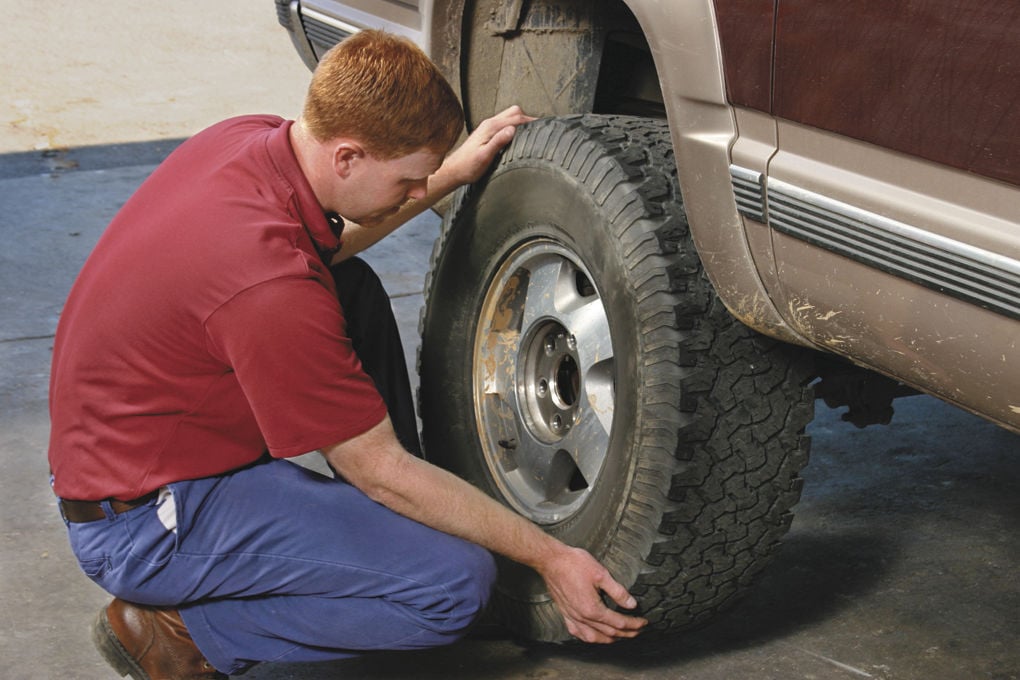 Place the lumber across the wheel and tire and use your hammer to hit the lumber. This will free up the wheel and enable you to remove it from the hub carefully. You need to note this method can be dangerous because you are under the car. If your jack stands fail, the car will collapse on you, causing instant death. You also need to be beefy to operate the hammer.
Place the lumber across the wheel and tire and use your hammer to hit the lumber. This will free up the wheel and enable you to remove it from the hub carefully. You need to note this method can be dangerous because you are under the car. If your jack stands fail, the car will collapse on you, causing instant death. You also need to be beefy to operate the hammer.
This is the method I’m using myself and has solved this problem thousands of times. Spray some lubricant around the wheel hub and bolts if possible. Then place some protection on the rim at the point where you put the crowbar.
Get a long crowbar and put it between the rim and wheel spindle or control arm, depending on where you can find a good location. Check the image above.
You need to be a little bit careful with this technique, though it may damage the rim. However, it is a super-effective method that works every time.
If you have tried all the techniques mentioned above and your wheel is still stuck, you may be forced to take it to a tire service station. This is better than hitting the wheel with a hammer and destroying your bolts, hub, and rims. Just be honest and tell them that the wheel is stuck before giving you a price for the job.
This is better than hitting the wheel with a hammer and destroying your bolts, hub, and rims. Just be honest and tell them that the wheel is stuck before giving you a price for the job.
Having a wheel stuck on the tire is not a pleasant affair – especially when you are in a hurry. The main cause of a wheel stuck on the tire is when corrosion forms in the area between the rim and hub. This corrosive element acts like strong glue and can cause problems removing the wheel from the hub. There have been various solutions proposed to remove the tire, each with its set of pros and cons.
The easiest technique to remove a stuck tire is to find a lubricant and spray it into the spaces in the rim against the hub.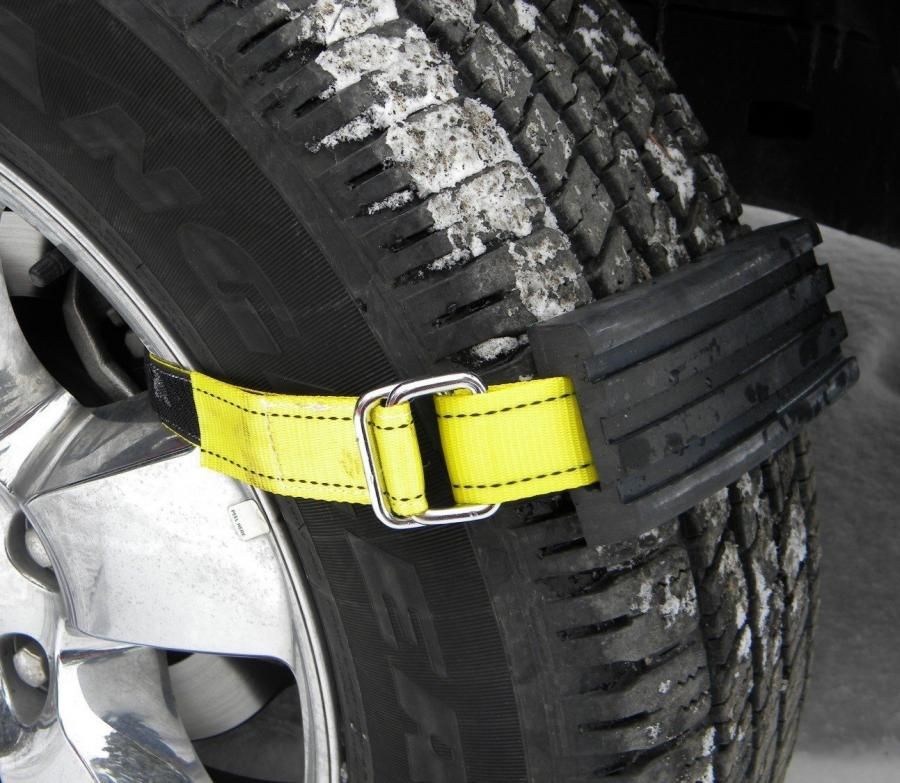 This lubricant is effective in dissolving the rust formed.
This lubricant is effective in dissolving the rust formed.
You can also jack up the car and leave one bolt on the wheel. Use your leg to hit the wheel until it comes loose. Some people use a heavy hammer or torch to dislodge a stuck tire, but this can cause damage to the rims. It also requires some muscle.
Learn more:
Categories: Tires, Guides
1A Auto Team 1A Auto Blog Home
If the tire won’t come off after the lug nuts have been removed, there are a few steps you can take to get the wheel off. This post and video reviews how to remove a stuck tire yourself with a few simple tools and how to keep this problem from reoccurring.
In these examples the tire has an aluminum rim and corrosion is sealing the wheel to the brake disc.
4 Different Methods to Remove a Stuck Tire
With the vehicle well supported, tighten one lug nut and pull the tire off. The lug nut may prevent the tire from pulling off unexpectedly.
See this in the video above at 0:24.
If the above method does not work and the tire is still stuck, tighten the lug nuts on loosely by hand and lower the car to the ground. Lowering the vehicle and putting weight back on the wheel might pop it loose.
See this in the video above at 0:39.
At this point, if the tire doesn’t loosen, shake the vehicle from side-to-side.
See this in the video above at 0:59.
If the above methods don’t work, place a long pry bar to the back of the rim and try to jostle it free without hitting any brake lines or other parts.
See this in the video above at 1:26.
Once the wheel moves and breaks free, remove the remaining lug nuts and remove the wheel.
To prevent a tire from sticking, apply a dab of anti-seize compound and lightly coat the back of the rim.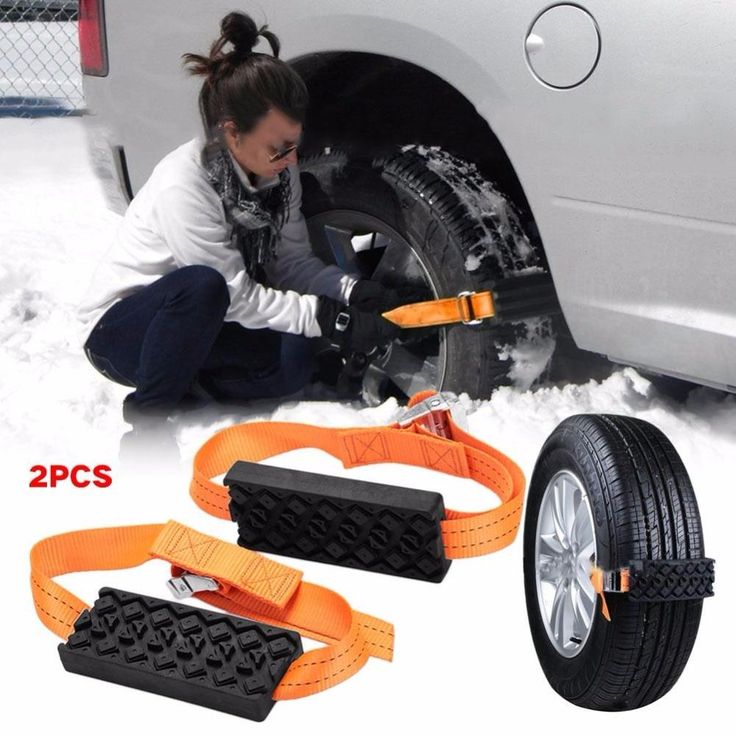 Spread and remove the compound with a paper towel.
Spread and remove the compound with a paper towel.
If you do not have anti-seize compound, dip a paper towl into the motor oil and apply a thin coat to the back of the rim with the paper towel. Don’t apply too much so motor oil doesn’t leak onto the brakes.
Once the back of the wheel is coated, put the wheel in place.
Summary
Removing the rear wheels of a one-ton pickup is twice as easy as repairing a brake. There are a few things to pay attention to when reinstalling wheels. Aligning the wheels the way they were removed is also a helpful hint for reinstallation. In order to do this safely and effectively, special tools will be required, so if you don't have these tools, it may be best to leave them to qualified professionals.
Aligning the wheels the way they were removed is also a helpful hint for reinstallation. In order to do this safely and effectively, special tools will be required, so if you don't have these tools, it may be best to leave them to qualified professionals.
Contents
Park the truck on a flat paved or concrete surface. Place wheel chocks in front of each front wheel.
Loosen the rear tire mounting bolts using a rip bar, extension and socket of the correct size. For leverage, you can add 3 feet of pipe to the end of the breaking bar. Find a pipe that fits snugly on the breaking bar shaft, but not too tight.
Raise the rear of the truck using a jack located under the rear axle at the lower shock absorber.
Position the jack stand as close as possible to the wheel, under the axle. Repeat the procedure for the other side to raise the rear axle.
Remove clamp nuts.
Remove the wheels (first outside, then inside). In some cases the wheels will stick to the hub and may need to be detached or freed from the large rear axle hub. It's a tough task when the truck is lifted only a few inches off the ground. Splashing grease around the hub-to-rim junction and hitting the tire (on the rubber sidewall near the rim) with a large hammer or heavy barbell helps. Hard work and perseverance will pay off.
Note that the outer rim of the wheel is outlined inward, while the inner rim of the wheel is outlined outward. The inner rim hub may also have a small pin that fits into a hole in the outer rim hub. This is not always the case on trucks with two rear wheels, but if they are present and you try to remount the tires without properly aligning them, you will damage the studs, rims and hub.
Place the inner wheel next to the outer wheel so you know which one is when it's time to reinstall. Repeat the procedure for the other side.
Replacing a car wheel is a simple task, but only if the disc has not stuck to the hub, and all wheel bolts can be easily unscrewed. Otherwise, you will have to tinker a bit with the removal of this element. So how do you remove the wheel from the car if it is stuck?
Probably, many drivers have already encountered the problem of a “sticky” wheel, but for those who hear about it for the first time, we will explain the essence of this concept.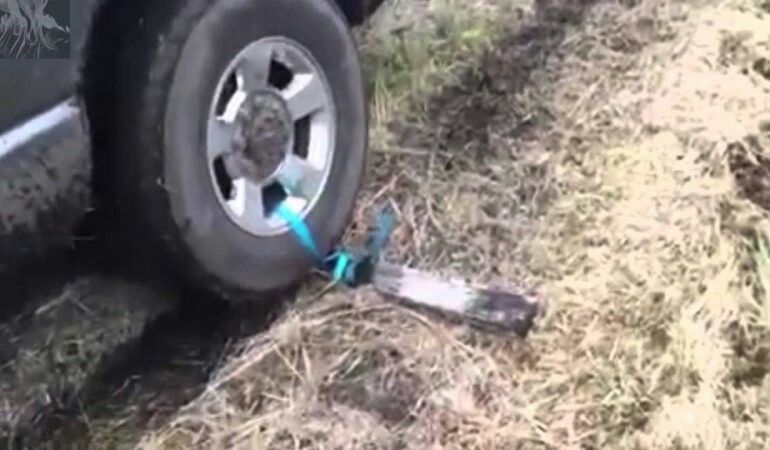 There are times when, when dismantling a wheel, the driver unscrews all the mounting bolts, but the disc still refuses to move away from the hub. In such a situation, they talk about sticking or sticking of the disk.
There are times when, when dismantling a wheel, the driver unscrews all the mounting bolts, but the disc still refuses to move away from the hub. In such a situation, they talk about sticking or sticking of the disk.
Why does this happen? The main reason is the corrosion of the metal (usually nuts), during which the oxidizing elements wedged the joints. Not the last role in this process is played by dust and dirt that fall on the surface of mating parts and deform them with increasing friction.
Simply put, one of the main causes of wheel sticking is rust that forms on the centering cylinder of the hub. The same rust can also appear on the fastening bolts, which literally “sour” into their seat and refuse to unscrew. In any of these cases, you will have to look for an effective way to solve the problem.
Please note! If you find badly rusted bolts and nuts during wheel replacement, they should definitely be replaced with new parts.
Each car owner chooses for himself the most effective method of dealing with stuck discs, but you still need to know what to choose from.
The first step in dealing with a stuck tire is simply tapping on its surface. We note right away: before striking, be sure to make sure that the vehicle is well fixed on the jack. Moreover, for greater safety, you can put a spare wheel under the threshold (in case the car still falls off the jack).
After that, turn your back to the car and hit the tire with your foot several times. It is best to beat in two parts of the wheel: either in the right and left, or in the upper and lower. After that, clasp the disk with the tire with your hands and try to swing it. If even a slight backlash appears, you are on the right track, and you can continue the procedure until the wheel is completely off.
If the method described above did not bring the desired result, then it makes sense to use the "helper" in the form of everyone's favorite liquid WD-40.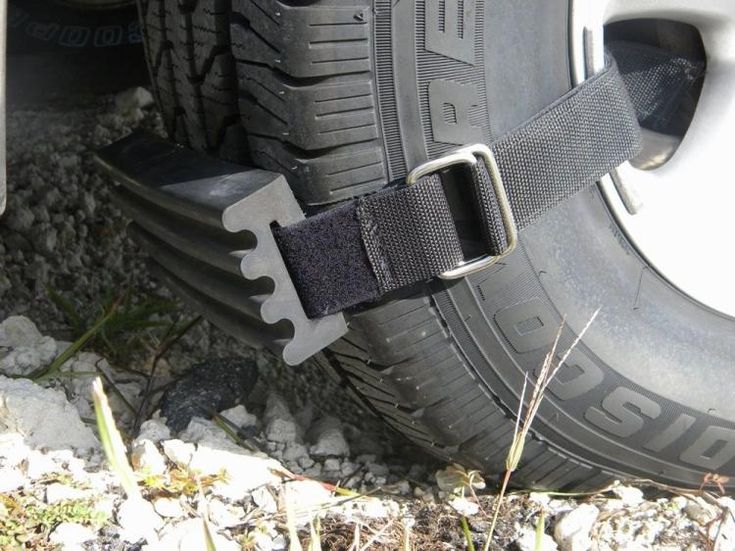 It comes in aerosol form (it contains hydrocarbons that give the product a low viscosity level), which means that all that is required of the car owner is to spray it on the junctions of the wheel and hub, as well as on the seats of the mounting bolts.
It comes in aerosol form (it contains hydrocarbons that give the product a low viscosity level), which means that all that is required of the car owner is to spray it on the junctions of the wheel and hub, as well as on the seats of the mounting bolts.
The basis of this product is white spirit (solvent) that corrodes the formed rust, thereby helping to free the stuck wheel. In addition, WD-40 also contains mineral oil, the presence of which provides good lubrication of the surface and its long-term protection from moisture. After applying the composition, it is necessary to knock with your foot around the entire perimeter of the wheel (you can strike crosswise). If the slightest gaps appear, reapply WD-40 spray and try to remove the wheel with the same tapping.
I must say that this method is the most effective in cases where the conservation of equipment with existing cavities and cracks is required.
There is another, no less effective way to deal with wheel sticking.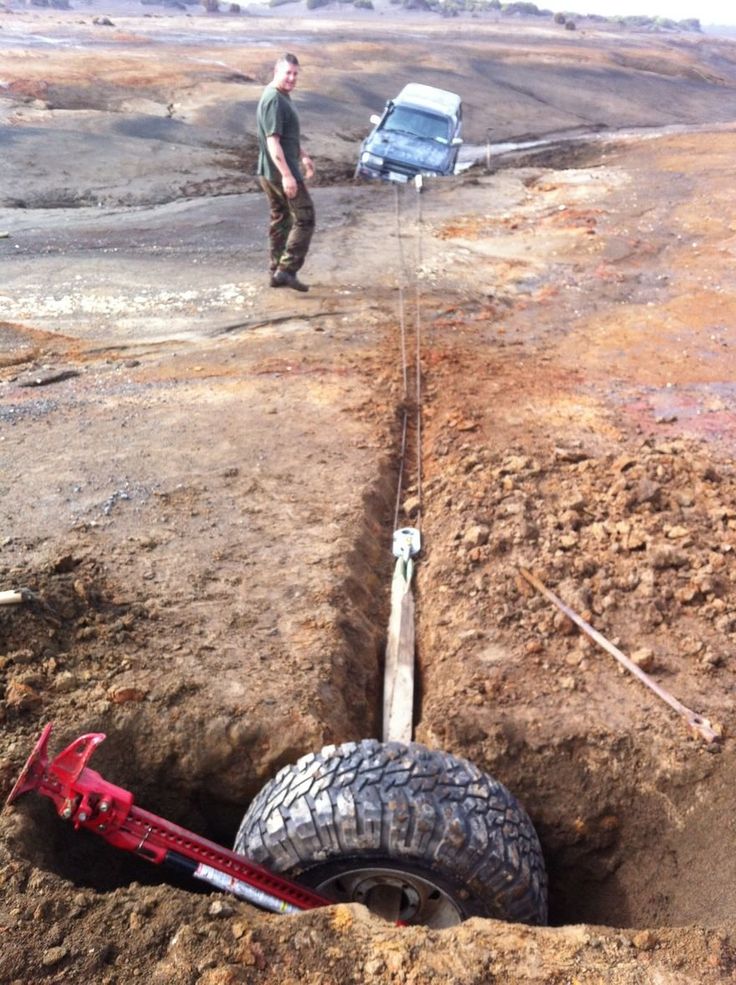 It is relevant in cases where the size of the base of the disc is slightly smaller than the diameter of the hub, resulting in a gap. A wooden block is inserted into this gap like a flat chisel. It is placed at the base of the disk, resting against the hub, after which, with the help of a hammer, the tip of such a chisel is driven between the disk and the hub. Thus, you can move the stuck wheel from its place, and the first method described will help in further dismantling. True, here one cannot fail to note the possibility of a partial jam of the disk, which, however, does not affect its appearance and main characteristics in any way.
It is relevant in cases where the size of the base of the disc is slightly smaller than the diameter of the hub, resulting in a gap. A wooden block is inserted into this gap like a flat chisel. It is placed at the base of the disk, resting against the hub, after which, with the help of a hammer, the tip of such a chisel is driven between the disk and the hub. Thus, you can move the stuck wheel from its place, and the first method described will help in further dismantling. True, here one cannot fail to note the possibility of a partial jam of the disk, which, however, does not affect its appearance and main characteristics in any way.
In some cases, you don’t even need a jack to remove a “stuck” wheel, and turning the wheels of the car in place will help eliminate sticking. To do this, slightly unscrew the mounting bolts (you may need WD-40 fluid) and, sitting behind the wheel, turn the steering wheel several times in both directions. It is not worth completely unscrewing the fasteners, since the “lagging behind” disk can come off the base. If after a couple of such “scrolls” you notice a positive result, even a small one, then it makes sense to continue such actions. Otherwise, you should use other methods.
It is not worth completely unscrewing the fasteners, since the “lagging behind” disk can come off the base. If after a couple of such “scrolls” you notice a positive result, even a small one, then it makes sense to continue such actions. Otherwise, you should use other methods.
To eliminate sticking on the front wheels or rims of cars equipped with a differential, experts recommend another method - “driving in place”. Its essence lies in scrolling only the posted ("sick") wheel, followed by its sharp braking. The driver needs to carefully get behind the wheel and, without removing the car from the jack (also do not forget about the presence of an additional stop, for example, in the form of a spare wheel under the threshold of the vehicle), turn on the neutral gear, and it doesn’t matter at all which gearbox is installed on your car . Also check that the handbrake is tightened as much as possible.
Then start the engine and engage first gear.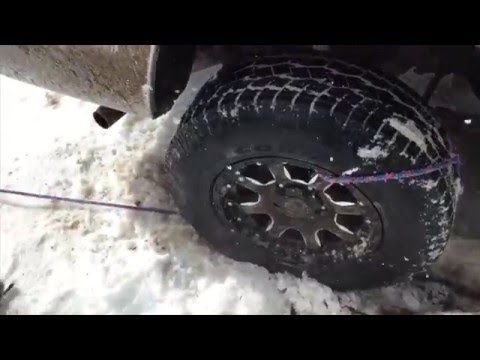 All wheels on the ground will be blocked by the differential, but those hanging in the air, on the contrary, will begin to rotate. If in such a situation you sharply apply the brake, the disc should move.
All wheels on the ground will be blocked by the differential, but those hanging in the air, on the contrary, will begin to rotate. If in such a situation you sharply apply the brake, the disc should move.
Please note! As in the previous version, when using this method, you do not need to unscrew the wheel to the end: it should only hang a little on the hub, otherwise, when braking, the part will simply fly off the vehicle and possibly injure someone.
It is much easier to prevent any disease than to think about how to cope with its consequences later. So if you don't want to mess around with a "stuck" wheel, then it's best to take certain preventive measures.
If you notice a tendency for your car to constantly stick to the wheels, then before installing the disc in its seat, you should clean the mating surfaces with a wire brush each time. With its help, it is possible to remove even the most insignificant manifestations of corrosion, thereby preventing its further development. Of course, over time, rust may reappear, but, in any case, this will happen a little later.
With its help, it is possible to remove even the most insignificant manifestations of corrosion, thereby preventing its further development. Of course, over time, rust may reappear, but, in any case, this will happen a little later.
One of the old-fashioned ways to prevent sticking of wheels is the use of graphite grease, which is applied to the surface of the rim in contact with the hub. If such a lubricant was not at hand, in extreme cases, you can get by with an ordinary pencil rod, smearing the surface of the disk with it. Based on the statements of car owners, using this method every time a seasonal tire change, it is possible to avoid any hint of sticking. You can also lubricate with graphite and mounting bolts.
A good alternative to graphite grease is its copper counterpart, which comes in aerosol form. In most cases, this tool is used to process the hubs when installing wheels made of light alloy and forged wheels on them.